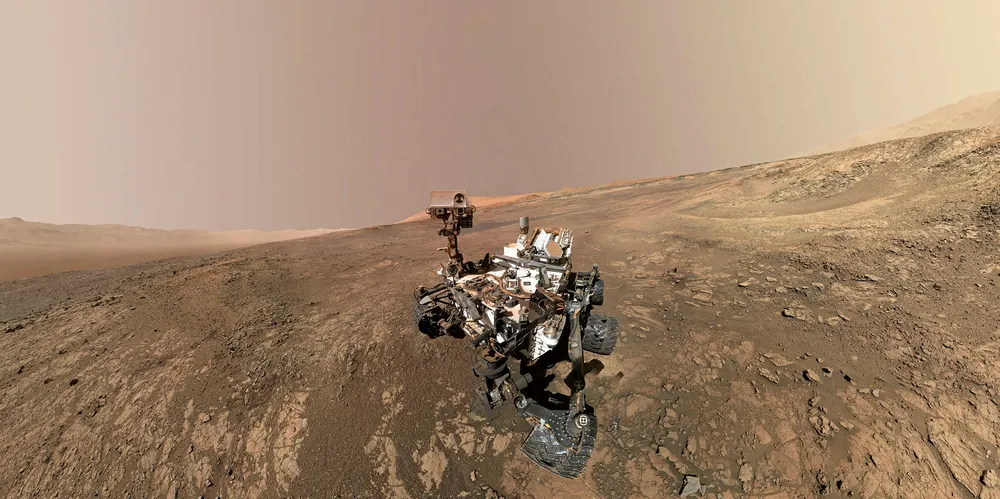Turn Red Planet green with wind turbines to unlock new Mars missions: NASA
Scientists say research shows wind can take place alongside solar and nuclear as 'valuable' energy source to sustain life on Martian surface

Scientists say research shows wind can take place alongside solar and nuclear as 'valuable' energy source to sustain life on Martian surface
